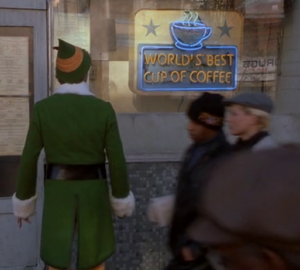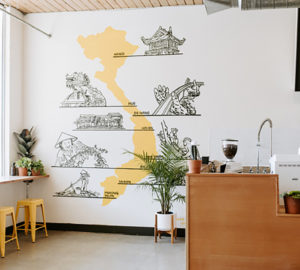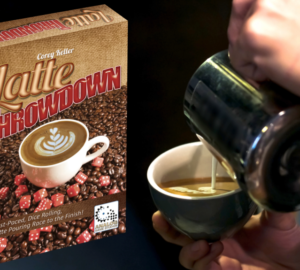Seattle Weekly coffee blogger Rose Tosti hast dobbed with her gilded pen a scathing exposé on her americano experience at Cowen Park Grocery, a mom-and-pop wine shop / grocery store / occasional purveyor of grilled Korean snacks just north of Seattle’s University District. Can you handle the flame?
The Umbria in my Americano at CPG was blond. Like a towhead. The initial flavor was sharp and shallow. Which brings us to the topic of aftertaste.
I’d never thought much about what aftertaste might actually be. A lingering flavor, certainly, but… well, why? And why is it so common for that lingering flavor to be different from the flavor it is lingering after? What is the cause behind that expression of unexpected lingering, the “funny aftertaste”?
Aftertaste, it seems, is not just a lingering flavor, but actually a whole new flavor. A substance – take coffee for example – once swallowed, leaves residue behind. Aftertaste is the result of vapors released from that residue: perhaps one reason that a strong aftertaste often feels more like a strong after-smell.
For example: though I have never in my life (not even once) tasted turpentine, that is what the aftertaste of Cowen Park’s Umbria “tasted” like to me. Resinous and acute, almost stingingly bright. Well varnished. Not what I look for in a coffee.
Dang, Rose Tosti! Here’s some good advice we’ve been told many a time, and we think it’s prudent for anyone in any situation like this: if you don’t like your coffee, don’t be shy about asking for another drink. This is true in so many situations. If you go to a place and order a burger, and the burger is burnt, or isn’t medium-rare like how you might like it, you should ask them to cook you a new one. You shouldn’t eat it, not like it, then write a feature about how it’s awful.
But who are we to tell Tosti what to do? Should sensory journalists poop on that which they deem dump-worthy? Sound off in the comments below!


































